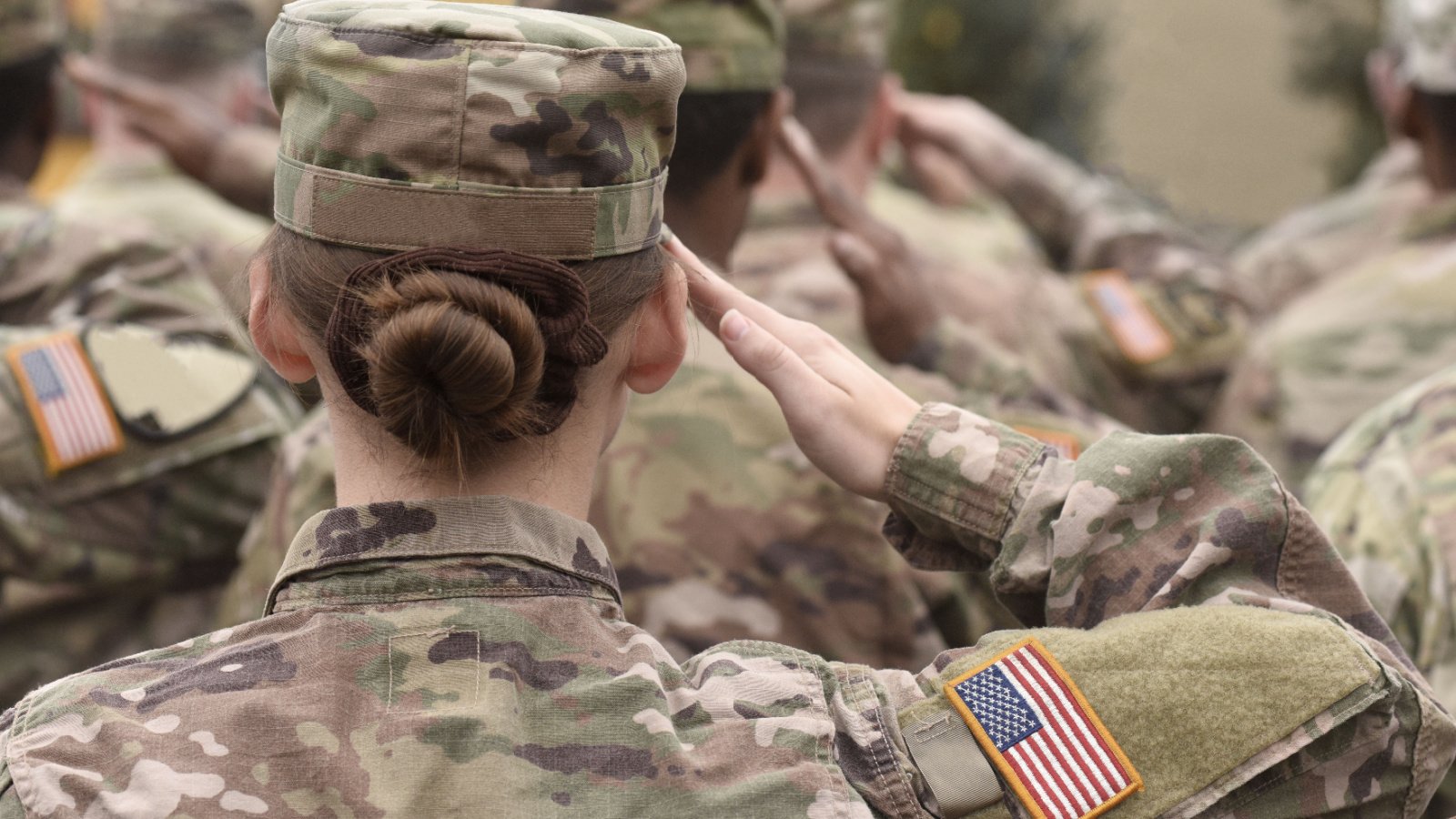The United States Army is embarking on a significant transformation, aiming to streamline its forces by slashing approximately 24,000 positions. This move, representing nearly a 5% decrease in the Army’s size, is part of a broader effort to adapt to the changing nature of warfare and prepare for potential future conflicts.
Focus on Vacant Positions
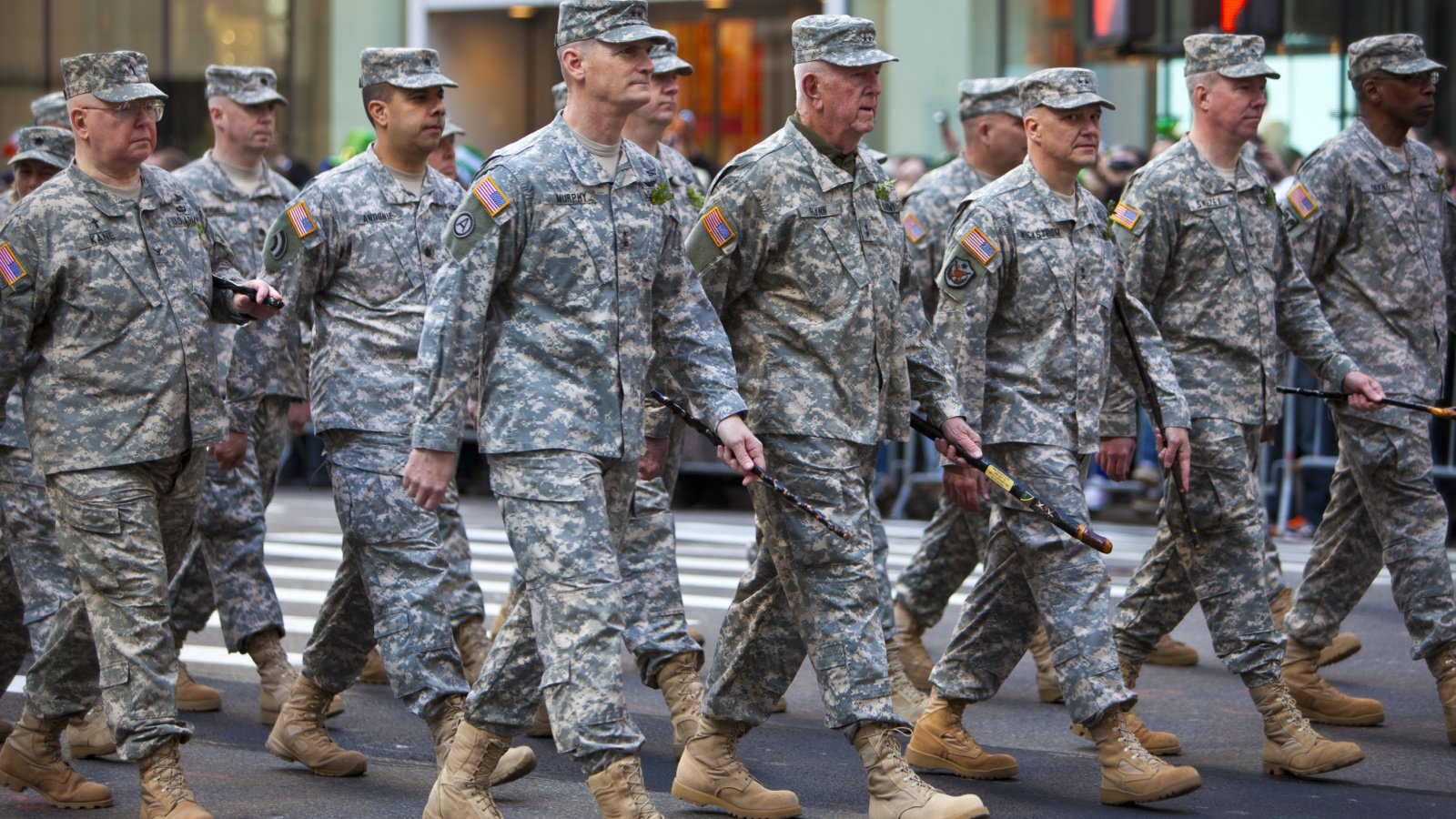
Unlike previous downsizings, this reduction targets positions that are currently unfilled, and will not expel existing soldiers. The decision reflects a strategic shift away from roles that were critical during the counter-insurgency operations in Iraq and Afghanistan but are now considered less vital.
Recruitment Challenges

The Army’s decision to reduce its size comes amid ongoing recruitment difficulties. Despite extensive efforts, the service has struggled to attract enough recruits to fill all available positions, leading to a surplus of vacant roles that the current restructuring aims to eliminate.
Enhancing Critical Capabilities
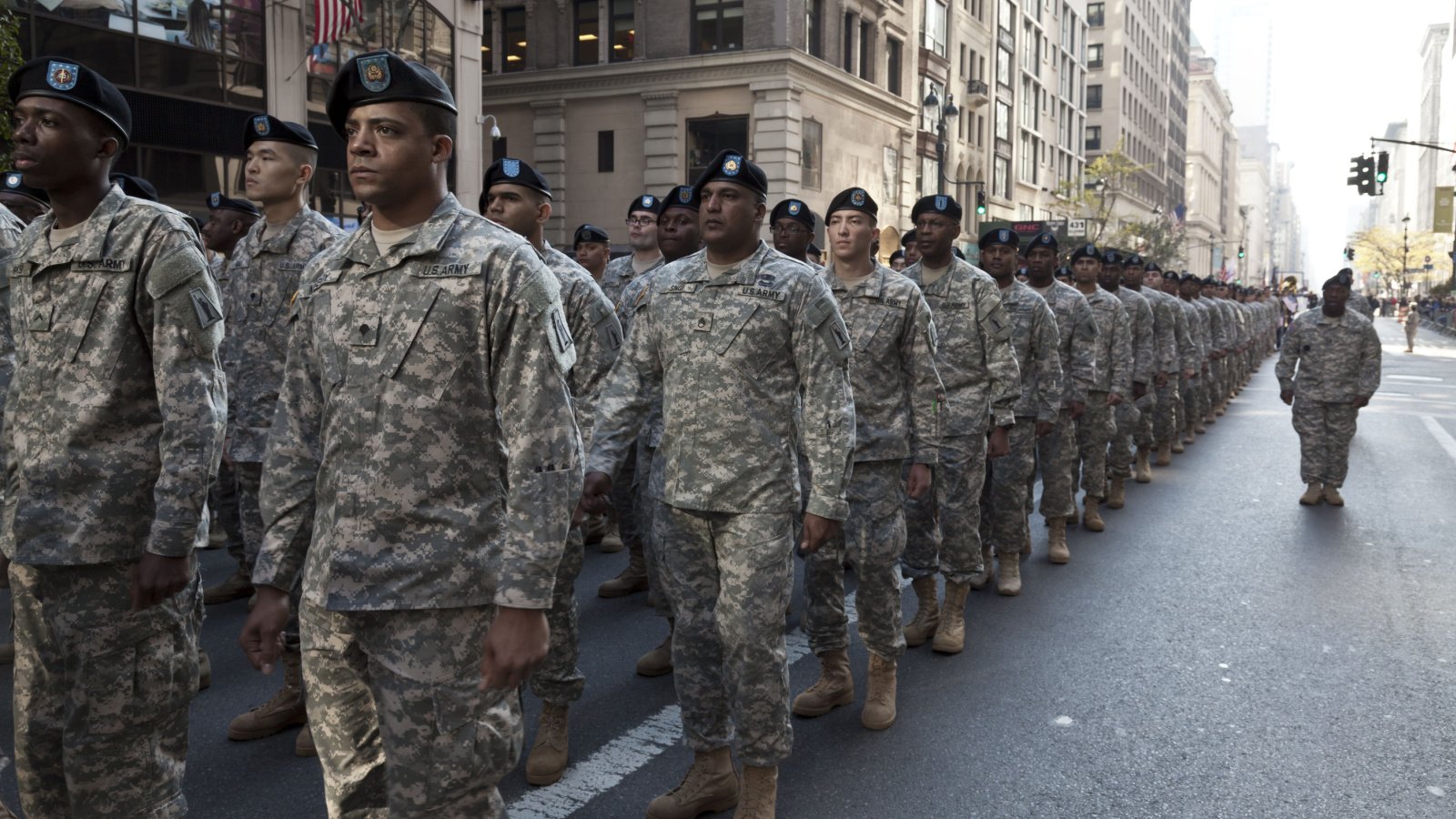
While the Army is reducing its overall size, it is simultaneously investing in the expansion of critical capabilities. Approximately 7,500 new positions will be added in areas such as air defense, counter-drone operations, and the formation of new task forces specializing in cyber, intelligence, and long-range strike operations.
Addressing Overstructure

The restructuring plan acknowledges that the Army is “significantly overstructured,” with more positions than there are soldiers to fill them. The goal is to realign the force’s structure to better match its actual staffing levels, aiming for a total of 470,000 active-duty soldiers over the next five years.
Shifting Focus

This strategic pivot comes after decades of warfare in Iraq and Afghanistan, which necessitated a rapid expansion of the Army. With the global security environment evolving, the Army is now focusing on preparing for high-intensity conflicts against more sophisticated adversaries.
Modern Warfare Demands

The need for this shift has been underscored by recent conflicts, such as the war in Ukraine, highlighting the importance of air-defense systems and high-tech capabilities to counter advanced threats from drones and other modern weaponry.
Rationalizing Force Structure

The Army plans to discontinue around 10,000 engineering and related roles tied to counter-insurgency efforts. Additionally, units with less frequent deployments and various training and administrative positions will see reductions, streamlining the force for greater efficiency.
Focus on Advanced Threats

The recalibration also includes cuts to cavalry squadrons, Stryker brigade combat teams, infantry brigade combat teams, and security force assistance brigades. These adjustments are designed to refocus the Army’s capabilities toward addressing advanced threats and preparing for large-scale combat operations.
Recruitment and Modernization
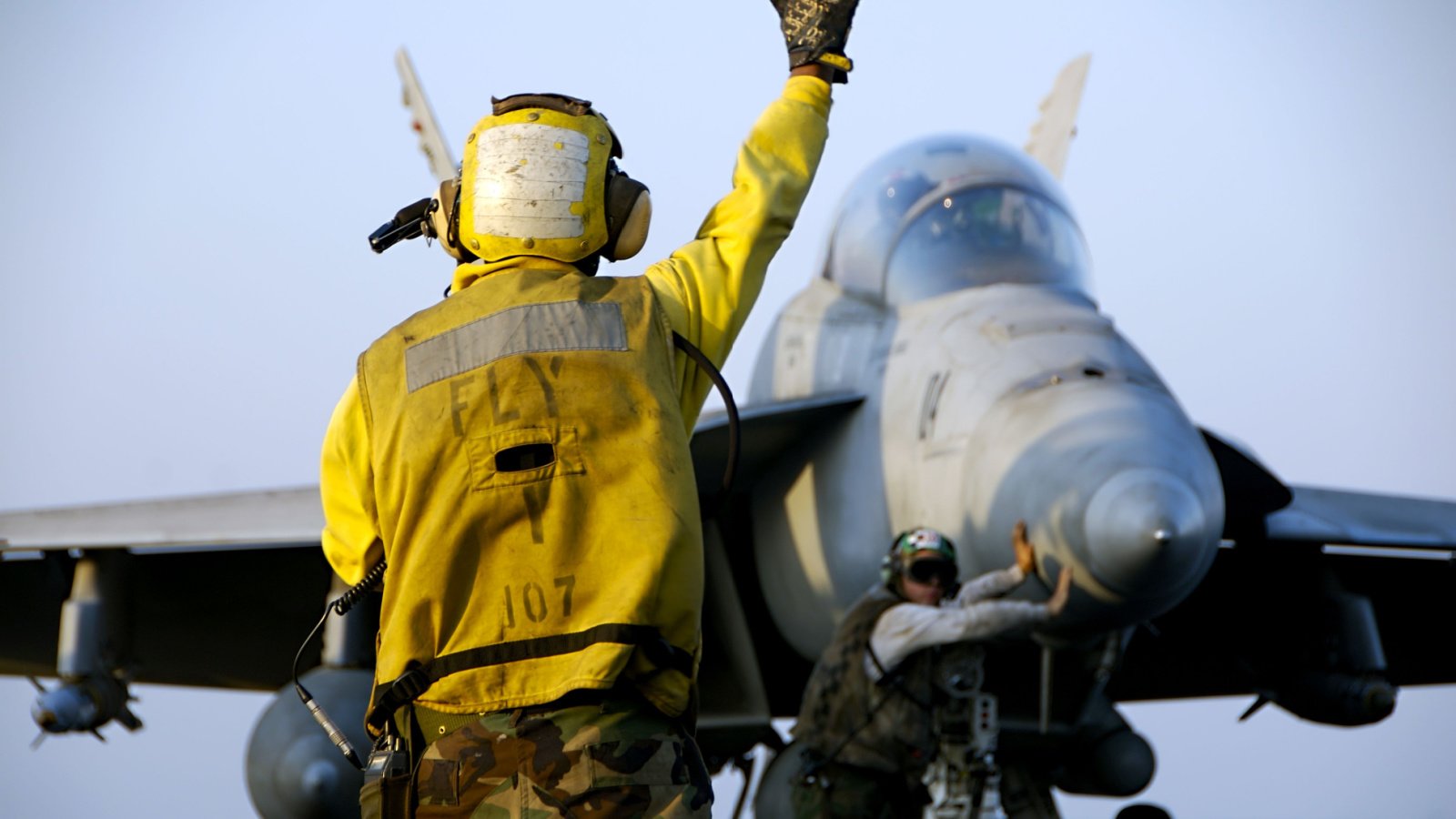
The restructuring reflects an acknowledgment of the steep recruitment challenges facing the military, with the Army, Navy, and Air Force all failing to meet their recruitment goals. This has prompted a reevaluation of recruitment strategies and a push towards modernizing the force.
Revamping Recruitment

In response to these challenges, the Army has overhauled its recruiting approach, focusing on attracting young individuals who have spent time in college or are early in their careers. A new professional force of recruiters is being established to improve recruitment outcomes.
Historical Context

The Army’s struggle with recruitment is not a recent phenomenon. For several years, the service has failed to meet its annual enlistment targets, underscoring the need for a strategic overhaul in its approach to attracting new soldiers.
Strategic Implications
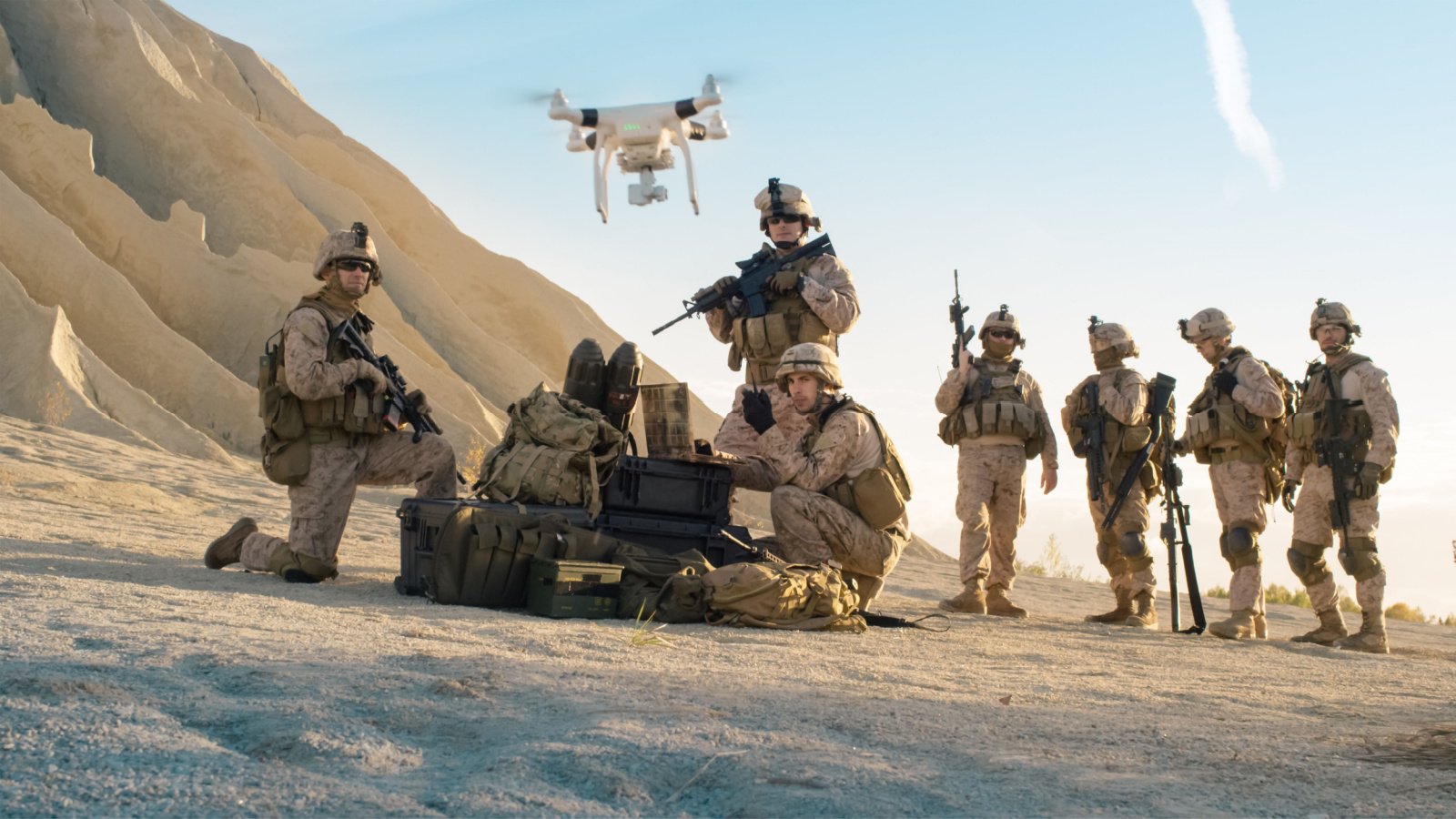
The planned reductions and realignment of the Army’s force structure represent a significant shift in military strategy. By focusing on modern threats and enhancing critical capabilities, the Army aims to position itself as a more agile and capable force for future challenges.
Looking Forward

As the Army implements these changes, it remains committed to adapting its strategies and structures to meet the evolving demands of global security. The focus on high-tech capabilities and streamlined force structure is aimed at ensuring the Army remains prepared to confront the complex challenges of modern warfare.



